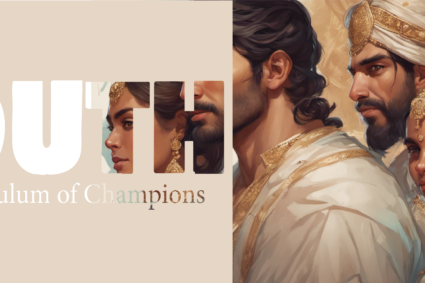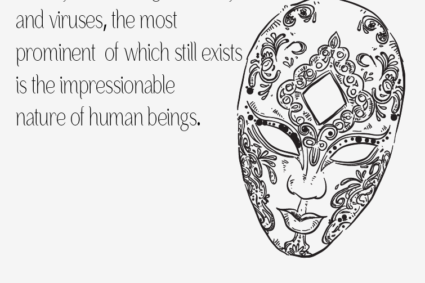
Kali Bari, near Taxali Gate, Lahore Fort or Interior Lahore, is home to the oldest red light district, Heera Mandi, translating to Diamond Market. The Mughal Emperors, Royal Princes, aristocracy, and many prominent members of high society have visited this district throughout history, until a dictatorial regime which eliminated its activities. On a recent visit to the Mandi a culture was inspected and a moment of sociological amazement was explored. You would see that the hijra, the homosexual, and the heterosexual groups were roaming about collectively without a moment of discomfort or nervousness to utter the wrong words.
Most posses were dissected as follows: One hijra person, two lads, and one young boy of feminine nature(most probably a lad under training for homosexual prostitution, or a regular homosexual lad roaming with his friends – and yes these are the two extremes without generalization). There was no amazement or shock, or even disgust towards them, however it should be noted that these groups are only convenient to this area, and are usually taunted or disliked in other communities.
The fascination was that this area has been living in a culture that can be traced back to thousands of years, however we will concentrate on the Mughal and British rule for comparison.
Mughal Approach
During the Mughal Empire the transgender community held high esteem within courts, education, and development of policies for their constituencies.
The Mughal saying goes, “the body of a man, and the mind of a woman, the wisest of them all”. Or, in some places recorded vice versa.
Due to this approach the hijra community was active and placed well within the courts of Mughal Emperors, and were involved directly in the policy making of the Empire and pupillage of young princes.
Mughal princes were sent to this very Mandi, to learn adab and adaab (etiquette) and gain wisdom from beings that understood both men and women, allowing them to make better decisions for when they would become Rulers of India.
Although it would be unrealistic to presume that all members of the hijra community would have such a stature, but rather a select few who showed merit would achieve such positions. Other members who were least involved roamed and indulged in society as similar to what the Philippines and Thailand do today, whereby they are shopkeepers, managing their own businesses, and indulge in recreational activity as normally as one can.
British Raj
The British as per historians were irritated by their existence and in promotion of sexual activities within the communities. This led them to create laws and implement a distaste in society, only directed towards the homosexual and hijra community. Laws were passed in 1871 known as the “Criminal Tribes Act”(Peak British Rule), whereby they were defined as unnatural and unfavorable members of community. Later placing them into criminal tribes for prostitution and other illegal activities, this occurred since many hijra peoples were now jobless and were seeking some sort of stream of income, leading them to indulge in crime.
The law later developed into criminalizing castes and tribes, whereby declaring that crime is a hereditary feature.
Some sources indicate that the hijra community was allocated lands for agricultural purposes. The only reason this may not be true, is that the landlord community later become important Wazirs and members of the Bureaucracy, who themselves held massive portions of land. It was either the British loyalists or remaining Royal families that had agricultural control. The Chronicle believes this concept has been brought about to hide the British mischief of covering their crimes.
It is a historical fact, that the cultural and legal hatred towards a hijra community is a feat of the then Colonial rule.
In conclusion it can be seen that it is very much able to survive as a community together even today, history has proven so. The rise of demands of language changes is a foolish one that affects no member of any society, but merely a nuisance. The Hijra and Homosexual community within India survived well and long prior to the entrance of the British. That culture is still evident within the localities where they resided centuries ago. Thus, a few facts come about. Firstly, the existence of said communities can trace themselves back to thousands of years. Secondly, they made no demands and on the basis of merit and skill were awarded high positions. Thirdly, their acceptance and movement within society can be seen with modern examples within South East Asia. Fourthly, an unfortunate one, there is signs of prostitution and molding of youngsters into said communities.
Overall, history shows that India was ahead of its time before the rise of colonial powers on their lands. The Western world now faces awkward demands for rights and parades that depict no character in their debate, nor substance. The world continues to play the community development card, unaware, that the East had already found a solution for such issues long before the West could consider itself an inclusive society.



















